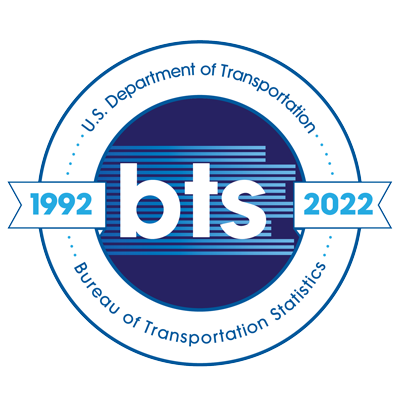“We Agreed to Let Outsiders Pass Through”: UNDRIP non-compliance in a Canadian national park
Topics:
Keywords: Indigenous, environmental management, protected areas, reconciliation, colonialism, national parks, UNESCO, UNDRIP, Indigenous rights and title, Indigenous Protected Areas, settler colonialism
Abstract Type: Paper Abstract
Authors:
Aidan Gowland, University of Victoria
,
,
,
,
,
,
,
,
,
Abstract
Wood Buffalo National Park (WBNP) was established in 1922 and covers 45,000 km2 of Dené, Métis, and Cree territory. As Canada’s largest national park, and the second-largest national park globally, WBNP is a prized possession of the Canadian settler state. At the center of the park ecologically, spiritually, economically, and culturally, is Ayapaskaw (Peace-Athabasca Delta), the largest inland freshwater delta in North America, and one of the largest internationally.
The park is made up of internationally important wetlands, boreal forests, Canadian taiga, and grasslands, all of which are crosscut by rivers, creeks, ponds, and lakes which are known to the Indigenous peoples who have tended to, known, and lived in relation with them since time immemorial. That decades of industrial activity in the park’s biosphere has had severe, chronic, and complex negative impacts on the integrity of the land, as well as Indigenous peoples’ relations to it, is agreed upon unanimously by the Canadian government, NGOs and Indigenous peoples.
Making use of Sheryl Lightfoot’s spectrum of compliance (2016), this presentation examines what objectives the Parks Canada Agency, through the Canadian state, has set in how it should be administering WBNP in relation to Indigenous rights, whether those objectives satisfy Mikisew Cree rights as set out in Treaty 8, and how it has failed to meet the normatively ambitious objectives it has set.
“We Agreed to Let Outsiders Pass Through”: UNDRIP non-compliance in a Canadian national park
Category
Paper Abstract








